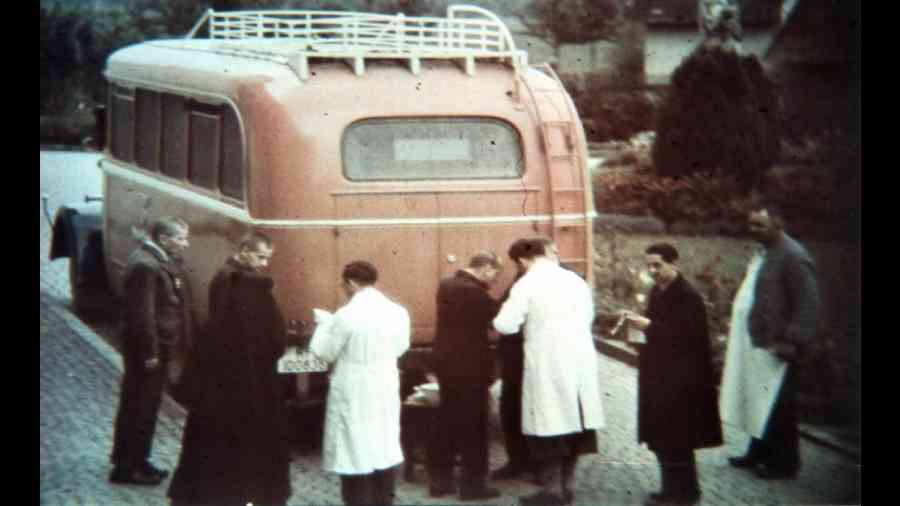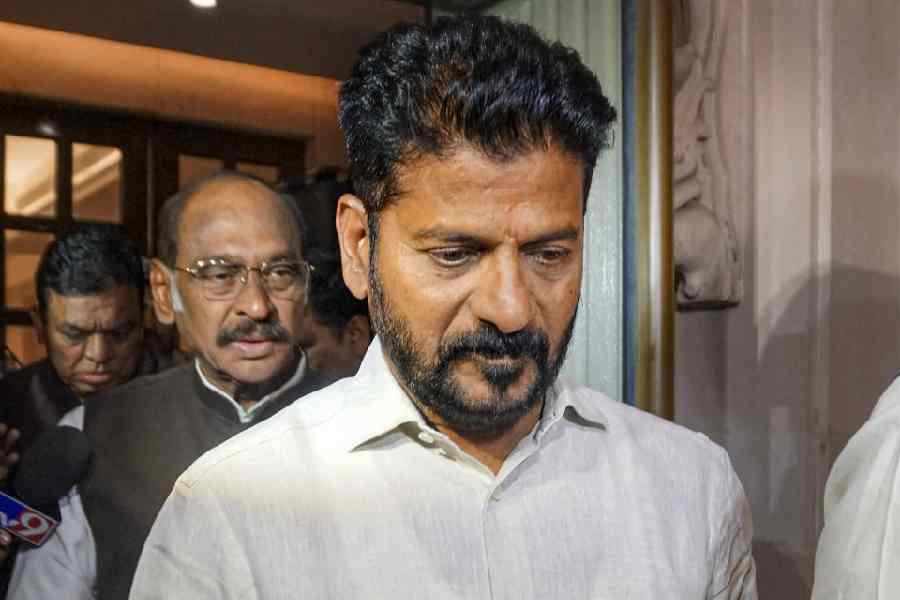Benjamin Berell Ferencz died earlier this month. Most obituaries in international publications noted that Ferencz — he was of Jewish ancestry — had fortuitously escaped to the United States of America even as the tempest of anti-Semitism led by Adolf Hitler’s Germany began to sweep across Europe. Ferencz graduated with a degree in law from Harvard, but he enlisted himself in the American war effort. What he is feted for though — as most of the obituaries mentioned — was his shining role as a young prosecutor at the Nuremberg trials, the series of judicial proceedings instituted by Allied representatives to try Nazi war criminals and their accomplices accused of a mind-boggling range of transgressions. Ferencz survived the longest among the Allied prosecutors who had served in Nuremberg.
Ferencz’s passing, quite naturally, resurrected brief descriptions of the scale of the horror that was the Holocaust. What was revealing though was that as with the other periodic commemorations, the exercise, on this occasion too, was not quite even or representative. Certain constituencies remain on the periphery of such public memorialisations, baring the layered nature of the memory, justice and rehabilitation project.
Consider the fields of art and medicine. The Nazi pillage of European art repositories has been extensively documented, as is the case with Hitler’s evil efforts to exterminate such art traditions as avant-garde and modernism. Similarly, the Nazi weaponisation of euthanasia — an estimated 275,000-300,000 patients in psychiatric facilities in Germany, Austria, Poland and former Czechoslovakia were murdered between 1939 and 1945 as part of the Aktion T4 programme — survives in cultural and legal records. In fact, ‘Case#1’ of the Nuremberg trials, in which Ferencz fought a different kind of war, featured German physicians complicit in the slaying of psychiatric patients.
But what of the purge and, hence, the need for solemnisation of artists who were clinically insane?
Bildnerei der Geisteskranken (Artistry of the Mentally Ill) — “[w]eighing almost three pounds, with 361 luxurious pages… highlight[ing]… five thousand pieces of art by around 450 patients — mostly from Germany, Austria, and Switzerland, but also from the Baltic states, Italy, and Japan” — was a remarkable compendium published by the equally remarkable Hans Prinzhorn, a pioneer in terms of using the artwork of his artist-patients as diagnostic material. Charlie English’s searing and illuminating book, The Gallery of Miracles and Madness: Insanity, Art and Hitler’s First Mass-Murder Programme, resurrects, for the reader and, hopefully, the world, the shocking chronicle of the obliteration of ‘mad artists’, such as Ernst Bernhardt, Mathäus Lorenz Seitz, Johann Faulhaber (“whose drawings bore a striking resemblance to work by Picasso and Kubin”), among other unsung peers, in the death chambers of Grafeneck and Hartheim.
Ferencz’s demise is perhaps an apt occasion to interrogate the ‘[in]visibility’ of the ‘Prinzhorn artists’ within the voluminous, conscientious corpus denouncing Nazism’s crimes against humanity.
There are other victims of such amnesia. But they need not always be made of flesh and blood; they may belong to the realm of ideas, of abstraction. One such victim, to borrow an apt, German word, was the zeitgeist that was the hallmark of Weimar Germany. And we must return to another fascinating book, Olivia Laing’s Everybody: A Book About Freedom, to understand how this spirit of intellectual rigour and liberal enquiry in Weimar Germany was crushed by totalitarianism and the lesson that this carnage has for our times.
The Berlin of the 1920s and early 1930s that was visited and commented upon favourably by W.H. Auden and Christopher Isherwood was a febrile laboratory breaking new ground. Laing writes that this was a Berlin where the Institute of Sexual Research, under the intelligent gaze of Magnus Hirschfeld, was leading the march for sexual reform; where the feminist, Helene Stöcker, was arguing that love, all love, should be free from State intervention; where “groups [were] fighting for birth control and sex education, for state maternity benefits, for the prevention of venereal disease and for the decriminalisation of abortion.” It was a Berlin that provided shelter and resources to individuals and institutions that were engaged in energetic debates on issues that would mark the era of civil rights and other egalitarian movements that was still decades away.
Laing and English may have taken different routes to their meticulous discussion on the incineration of Berlin’s progressive ethos, first by the onset of the Great Depression and, eventually, by Hitler and his stormtroopers. But what is interesting is that both writers identify a shared element that was a catalyst to the annihilation of a liberal order by totalitarianism — eugenics. Be it the mass murder of the mentally ill or the effacement of specific artistic schools, both crimes were informed by the willingness of State and citizen to rid German society of all that was deemed weak, degenerate and imperfect by those in power. Significantly, eugenicist impulses were not the offspring of Nazism: Francis Galton, Darwin’s cousin, was the father of this supposedly utopian template that envisioned a future for humanity comprising only the ‘perfect stock’. Laing notes that the first — illegal — experiment to euthanise ‘inferior’ forms had already taken place in 1897, long before Hitler’s ascendancy. The eugenicist programme was also massively popular in America around that time, where it was used to justify and cement racial discrimination. The Nazis simply harvested the poison in the air.
And the air remains toxic. In several corners of the world.
Exactly nine decades after Weimar Republic’s capitulation to Nazism, India’s ruling regime is battling an enlightened court, tooth and nail, to prevent sexual minorities — besieged still in the modern world — from being equal recipients of fundamental rights while far-Right ideologues peddle the dream of creating ‘tall, fair, intelligent, customised’ Hindu offspring. The debris of eugenicist sensibility remain embedded, are ubiquitous, but can be difficult to discern. For instance, is not capitalism’s — as well as our — relentless pursuit of all that is seemingly ideal — the perfect life, the perfect job, the perfect body — a manifestation of prejudiced selection and simultaneous, unconscious weeding out of all — people, cultures, art, bodies, politics — that is ordained deviant, radical or ugly?
Honouring Ferencz would require collective recognition of two realities: that commemoration of victimhood is selective and, hence, imperfect; and that the sustained persecution of imperfection, ironically, bares the tyrannies of perfection.
uddalak.mukherjee@abp.in










